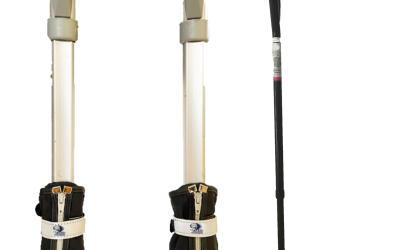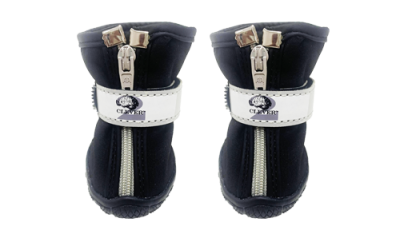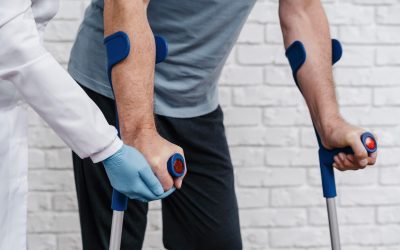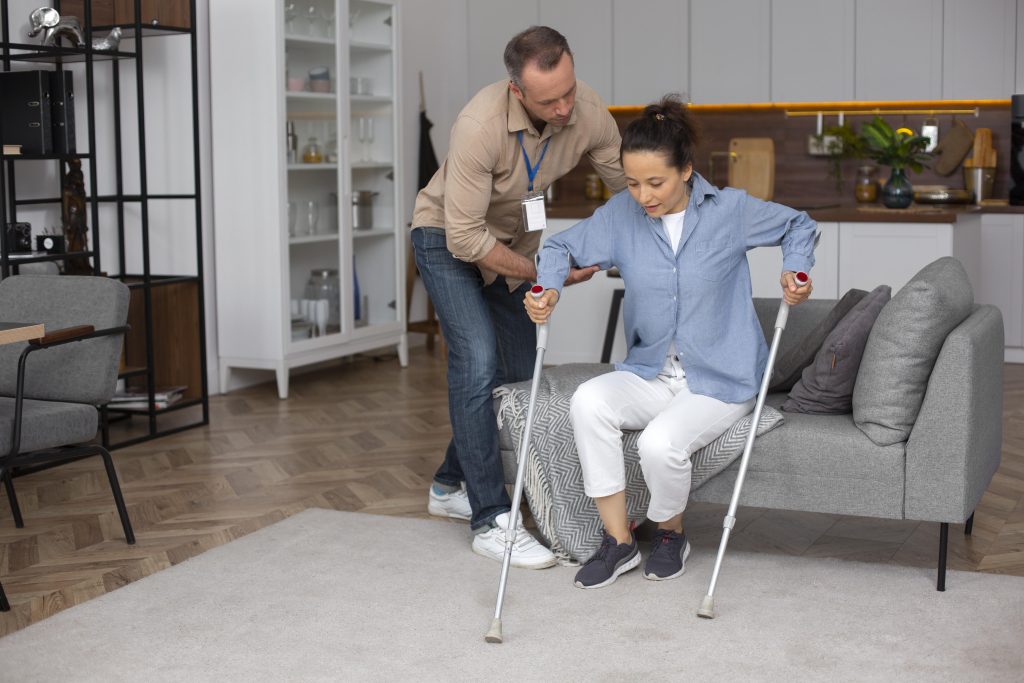
A Key Component of Mobility Aids
Crutch Elbow, a vital component of mobility aids, plays a crucial role in enhancing the usability and effectiveness of crutches and canes. In this comprehensive guide, we’ll delve into the world of Crutch Elbow, explaining what it is, its significance, available sizes, proper usage, and other important aspects that can help individuals make informed decisions when selecting or using these essential mobility aids.
Understanding Crutch Elbow
Crutch Elbow, also known as “elbow cuff” or “crutch cuff,” is a specialized part of crutches and canes designed to provide support and stability to users. It’s often made of durable materials like rubber or foam, and it is strategically positioned at the top of the crutch or cane, where the user’s forearm rests. The Crutch Elbow functions as a comfortable platform for the user’s arm, helping to distribute their weight evenly while using the mobility aid.
Importance of Crutch Elbow in Mobility Aids
An integral part of mobility aids for several important reasons:
- Weight Distribution: By providing a cushioned platform for the forearm, Crutch Elbow helps distribute the user’s weight evenly, reducing pressure on the hand and wrist.
- Comfort: The padding on the Crutch Elbow offers comfort, minimizing discomfort and pressure sores during prolonged use.
- Stability: Proper positioning of the forearm on the Crutch Elbow enhances stability and balance, which are vital when using crutches and canes.
- Mobility Support: Crutch Elbow plays a significant role in supporting individuals with temporary or chronic mobility issues, helping them maintain independence and mobility.
Crutch Elbow can lead to discomfort, instability, and an increased risk of injury.
How to Properly Use Crutch Elbow
To make the most of your mobility aid and Crutch Elbow, it’s important to use it correctly. Here’s how to properly use them:
- Select the Right Size: Choose the Crutch Elbow size that matches your forearm and provides a snug, comfortable fit.
- Adjust the Height: Ensure that the crutch or cane is adjusted to the correct height for your body. The elbow should rest comfortably on the Crutch Elbow while your arm is slightly bent at the elbow.
- Positioning: When using a crutch, your weight should be distributed through your hands and forearms, with your elbow resting on the Crutch Elbow. For canes, the Crutch Elbow provides support as you grip the handle.
- Maintain Good Posture: Keep your back straight and your shoulders relaxed while walking with your crutches or cane. Good posture ensures efficient use of the mobility aid and minimizes strain on your body.
- Practice Gait Patterns: If you’re new to using crutches or canes, practice your gait pattern with a healthcare professional or physical therapist to ensure safe and efficient mobility.
- Regular Maintenance: Inspect your Crutch Elbow for wear and tear, and replace it as needed to maintain comfort and support.
Additional Tips for Using Crutches and Canes
Also, consider these general tips for using crutches and canes effectively:
- Balance and Stability: Take your time to find your balance and rhythm when using crutches or canes. Don’t rush, and prioritize safety.
- Consult a Professional: Seek guidance from a healthcare professional or physical therapist for proper instruction on gait and mobility techniques.
- Check for Wear: Regularly inspect the entire mobility aid, including the Crutch Elbow, for signs of wear, damage, or loose parts. Replace any worn components promptly.
- Stay Active: Engage in physical therapy or recommended exercises to maintain strength and mobility in the rest of your body.
- Adapt to Your Needs: Customize your crutches or canes as needed. Accessories like padded hand grips, adjustable height settings, and forearm straps can enhance comfort and usability.
- Regular Follow-Up: Maintain regular follow-up appointments with your healthcare provider to monitor your progress and make any necessary adjustments to your mobility aid or Crutch Elbow.
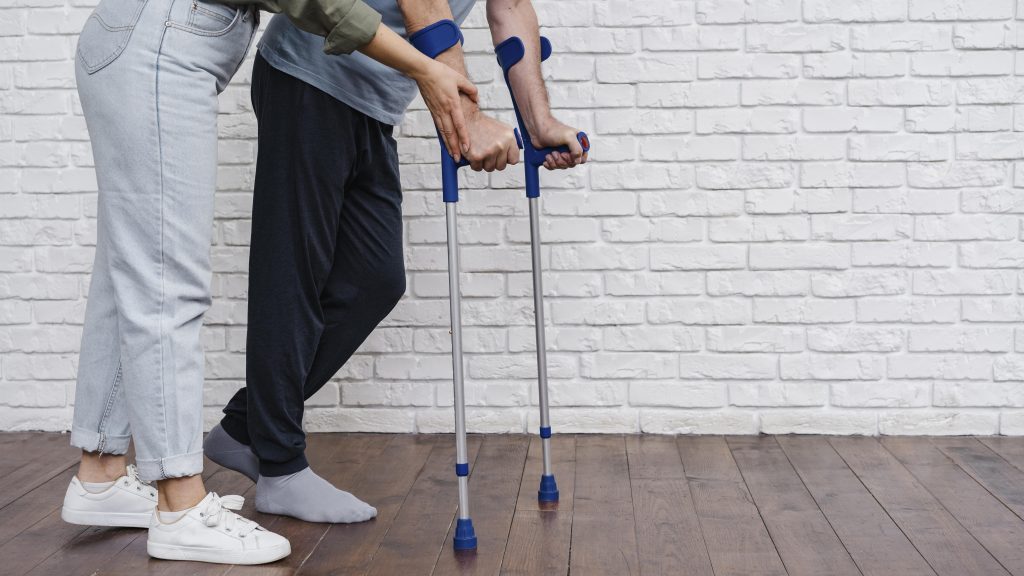
Crutch Elbow: A Key Component of Mobility Aids
A vital component of mobility aids, plays a crucial role in enhancing the usability and effectiveness of crutches and canes. In this comprehensive guide, we’ll delve into the world of Crutch Elbow, explaining what it is, its significance, available sizes, proper usage, and other important aspects that can help individuals make informed decisions when selecting or using these essential mobility aids.
Understanding Crutch Elbow
Also known as “elbow cuff” or “crutch cuff,” is a specialized part of crutches and canes designed to provide support and stability to users. It’s often made of durable materials like rubber or foam, and it is strategically positioned at the top of the crutch or cane, where the user’s forearm rests. The Crutch Elbow functions as a comfortable platform for the user’s arm, helping to distribute their weight evenly while using the mobility aid.
Sizes of Crutch Elbow
Crutch Elbow comes in various sizes to accommodate the diverse needs of users. Selecting the right size is essential for ensuring optimal support and comfort. Common sizes include:
- Small: Small Crutch Elbow sizes are suitable for children, teenagers, or petite adults with smaller forearms.
- Medium: Medium sizes are the most common and fit a wide range of adult users. They are versatile and provide adequate support for the average-sized forearm.
- Large: Large Crutch Elbow sizes are designed for individuals with larger forearms or those who require extra cushioning and support.
- Extra-Large: Extra-large Crutch Elbow sizes are ideal for individuals with significantly larger forearms or unique requirements.
It’s essential to select the appropriate size based on your body measurements and comfort. An ill-fitting Crutch Elbow can lead to discomfort, instability, and an increased risk of injury. Additional Tips for Using Crutches and Canes
In addition to using Crutch Elbow correctly, consider these general tips for using crutches and canes effectively:
- Balance and Stability: Take your time to find your balance and rhythm when using crutches or canes. Don’t rush, and prioritize safety.
- Consult a Professional: Seek guidance from a healthcare professional or physical therapist for proper instruction on gait and mobility techniques.
- Check for Wear: Regularly inspect the entire mobility aid, including the Crutch Elbow, for signs of wear, damage, or loose parts. Replace any worn components promptly.
- Stay Active: Engage in physical therapy or recommended exercises to maintain strength and mobility in the rest of your body.
- Adapt to Your Needs: Customize your crutches or canes as needed. Accessories like padded hand grips, adjustable height settings, and forearm straps can enhance comfort and usability.
- Regular Follow-Up: Maintain regular follow-up appointments with your healthcare provider to monitor your progress and make any necessary adjustments to your mobility aid or Crutch Elbow.
There’s a new kid on the bloc, it’s called: SafeNDry Crutch Boots
The SafeNDry Crutch Boots was created to help crutches and cane users navigate the harsh winter-wet conditions. It brings an extra level of security and safety outdoors by providing better traction while keeping the tips dry away from snow, ice and cold conditions. This condtions freezes the tips and make them more dangerous. Thanks to its great features, not only it provides security and peace of mind to users in outdoor winter conditions but also when transitioning to indoors dry floor surfaces upon boot removal.
Conclusion
Crutch Elbow is a vital component of mobility aids such as crutches and canes, offering essential support, comfort, and stability to users. Selecting the right size and using it correctly is crucial for maximizing the benefits of Crutch Elbow and ensuring safe, effective mobility.
Whether you’re recovering from an injury, managing a chronic condition, or simply in need of temporary support, understanding the significance of Crutch Elbow and following proper usage guidelines can help you maintain your independence and well-being while using crutches and canes.
